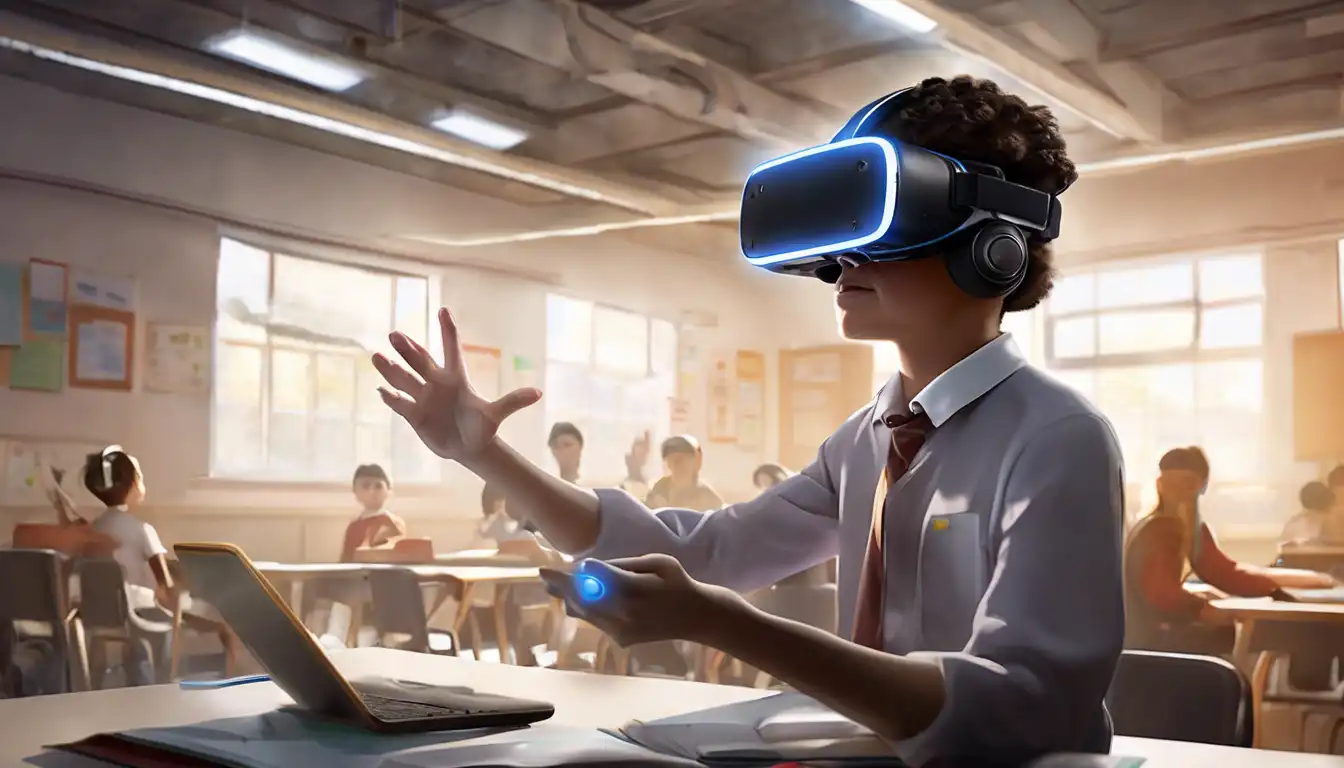The Transformative Impact of Virtual Reality on Learning and Skill Development
Virtual Reality (VR) technology has rapidly evolved from a futuristic concept into a practical tool in various sectors, notably in education and training. Its immersive nature offers unparalleled opportunities for engaging learners, simulating real-world scenarios, and enhancing the acquisition of knowledge and skills. This article delves into the potential of VR in revolutionizing educational methodologies and professional training programs.
Immersive Learning Experiences
One of the most significant advantages of VR in education is its ability to create immersive learning environments. Students can explore historical sites, dissect virtual frogs, or even travel through the human bloodstream, all from the safety of their classroom. This level of immersion enhances understanding and retention of complex subjects by providing a hands-on learning experience that traditional methods cannot match.
Enhanced Engagement and Motivation
VR's interactive nature significantly increases student engagement and motivation. By transforming passive learning into an active experience, students are more likely to participate and retain information. For instance, language learners can practice conversations with virtual native speakers, making the learning process more engaging and effective.
Professional Training and Skill Development
Beyond traditional education, VR is making waves in professional training. Industries such as healthcare, aviation, and manufacturing are utilizing VR simulations to train employees in high-risk environments without the associated dangers. For example, surgeons can practice complex procedures, and pilots can simulate flight scenarios, enhancing their skills without real-world consequences.
Accessibility and Inclusivity
VR technology also promises to make education more accessible and inclusive. Students with physical disabilities or those in remote locations can access the same quality of education as their peers. Virtual classrooms can bridge geographical gaps, bringing world-class education to learners everywhere.
Challenges and Considerations
Despite its potential, the integration of VR in education and training faces challenges. The cost of VR equipment and the need for technical support can be prohibitive for some institutions. Additionally, there is a learning curve associated with using VR technology, requiring both educators and students to adapt to new teaching and learning methods.
Future Prospects
The future of VR in education and training is bright, with ongoing advancements making the technology more accessible and effective. As VR becomes more mainstream, we can expect to see its application expand, offering even more innovative ways to learn and train. The potential of VR to transform education and training is immense, promising a future where learning is more engaging, effective, and accessible to all.
For more insights into the latest trends in educational technology, explore our technology section.
